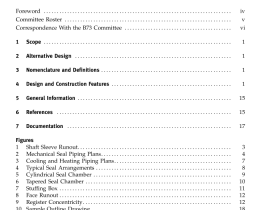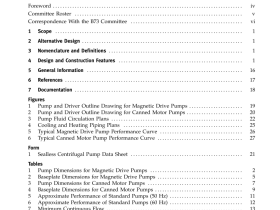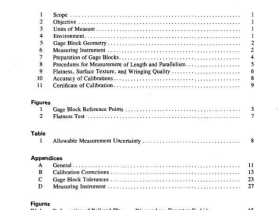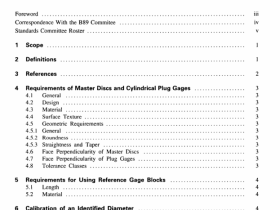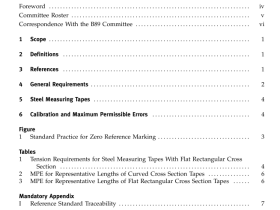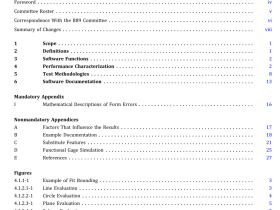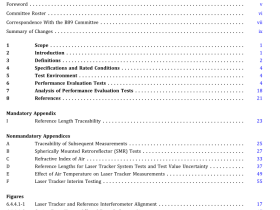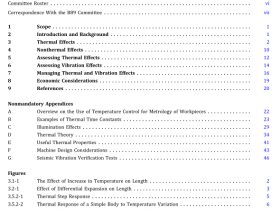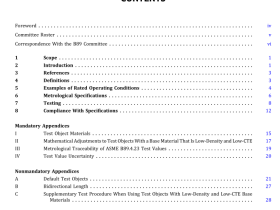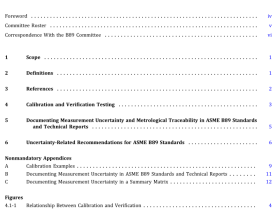ASME PALD 11 pdf download
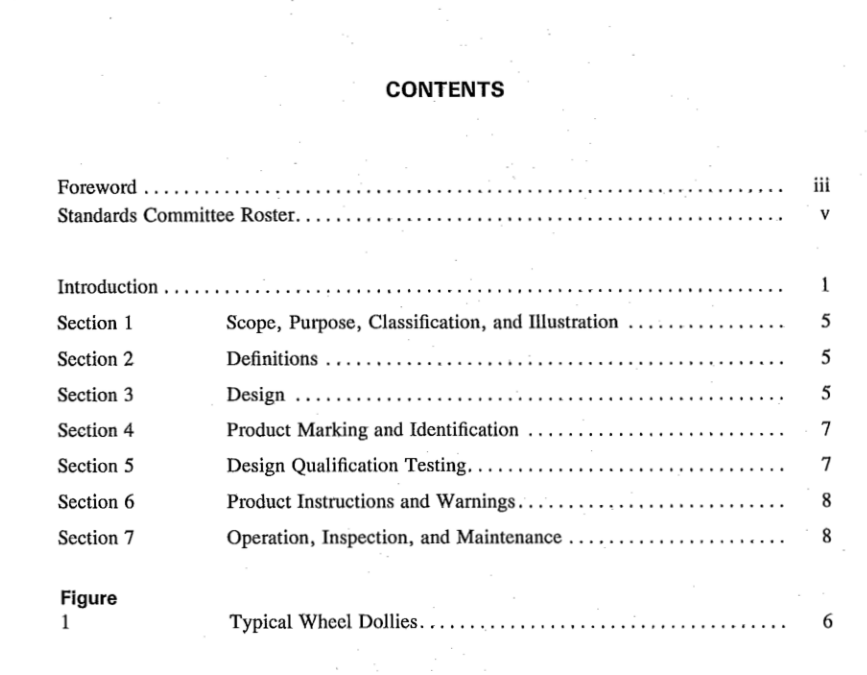
ASME PALD 11 pdf download SAFETY STANDARDS FOR PORTABLE AUTOMOTIVE LIFTING DEVICES
1.1 Scope
This Standard applies to hydraulic and mechanicalwheel dollies characterized by a pair of laterally spacedlifting members that raise and lower in unison and areso arranged as to contact the vehicle wheel(s) at twoareas on its circumference for the purpose of raisingremoving, transporting, and replacing wheel and tire assemblies.
1.2 Purpose
The purpose of this Standard is to establish guidelineswith respect to the construction, care, and use of wheeldollies. It is intended to provide a basis for understand-ing among manufacturers, distributors, and operators ofwheel dollies.
1.3 Classification
Hydraulic and mechanical are the two classificationsfor which this Standard applies.
1.4 Illustration
The following illustration (see Fig.1) shows typicalwheel dollies covered by this Standard and is not in-tended to be all inclusive.
Section 2 – Definitions
functional damage — any permanent deformation of thewheel dolly structure and/or loss of load sustaining capacity to its hydraulic and/or mechanical componentswhich render the wheel dolly unable to meet the designqualification testing section of this Standardhydraulic wheel dolly – a wheel dolly which employs a relatively incompressible flid, such as oil, as theforce-transmitting medium
lifting frame – the stationary portion of a wheel dollyto which the lifting member is attached and on which itoperates
lifting member — the moving portion of the wheel dollywhich engages the tire and wheel assemblies
load restraint — a device used to retain the load to thelifting member
mechanical wheel dolly – a wheel dolly which employsmechanical lifting means, such as cables, gears, screws,or chains as the force-transmitting medium
operating controls – the mechanism(s) which must bemanipulated to initiate and control the raising, lowering,and tilting of the lifting member of the wheel dollyoverload a load which exceeds the rated capacity ofthe wheel dolly
proof load — a nondestructive load equal to or greaterthan the rated capacity, applied to the lifting member toconfirm the integrity of the structure
rated capacity – the maximum published operatingload which the wheel dolly is designed to lift, support,and transport
rollers – mechanisms attached to the lifting memberwhich rotate about it
tilt mechanism – a device that allows the lifting mem-ber to be angularly adjusted relative to the horizontalplane
warning – a statement used to alert the owner and/otoperator of possible hazards which may be encounteredwhen using this equipment
Section 3 – Design
3.1 Operating Controls
Operating controls shall be so designed and positioned that they are readily visible and accessible to theoperator, and shall be designed so that the operator’s
